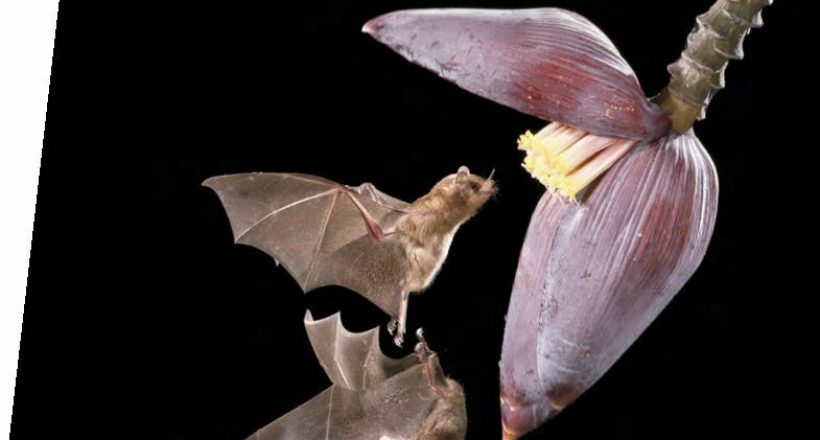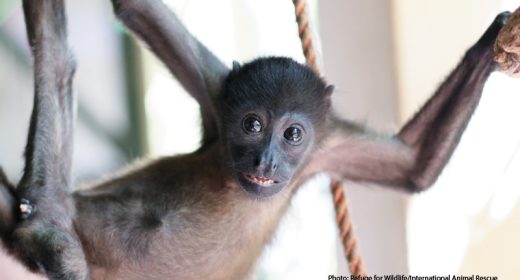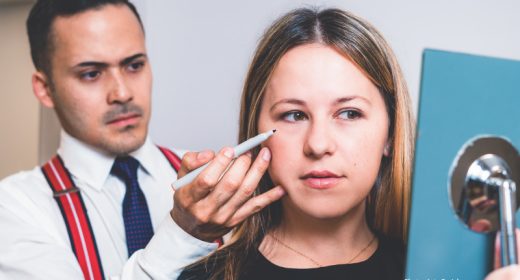
PRINCES OF DARKNESS
- MAY 03, 2018Warning: count(): Parameter must be an array or an object that implements Countable in /home/howlermag/public_html/old/wp-content/themes/new-paper/includes/general.php on line 193

Your Lead Paragrpah goes here
[vc_row full_width=”full_width”][vc_column][vc_column_text]Helping to develop many popular photo attractions in Costa Rica has been a rewarding aspect of running the company Foto Verde Tours. This case depicts a great payoff from a little bit of luck in setting up a hummingbird photography area at one of our favorite lodges. We provided guidance in putting out feeders just inside its private rainforest reserve and designed a simple, open pavilion structure. Everything seemed perfect, but there was one problem — the hummingbirds never responded very well to the feeders! But photography sometimes imitates life: When a door closes, a window opens.
That held true for our failed hummingbird photography area, where I was leading a workshop about five years ago. My good friend Diego, the lodge employee who takes care of the feeders, mentioned that the feeders would be full in the evening but always empty in the morning. I knew right away from personal experience what that meant: nectar-feeding bats were the lodge’s thiefs in the night. I was able to verify this on the same occasion with a simple photography setup after dark, and my workshop clients loved it. Since then, I have refined my technique for a photo shoot of bats in this setting as follows.
[/vc_column_text][/vc_column][/vc_row][vc_row full_width=”full_width”][vc_column width=”2/3″][vc_column_text]
The technical part
Bats are challenging to photograph for two reasons: they are very fast and very active when it is pitch dark. That these bats are accustomed to the hummingbird feeders, however, gives me a big advantage. Being able to predict exactly where they are going to arrive allows me to use a camera trap. What’s that, you ask? It’s a small device, connected to a camera or flash via a special cable, that emits an infrared beam. When anything — be it a leaf, a person, a jaguar, or a bat — breaks that beam, the camera fires and takes a picture. Since bats are so fast, I actually leave the camera shutter open in total darkness and connect the camera trap to a flash transmitter. When a bat flies through, the beam is broken, the flash transmitter fires and my camera records this frozen moment. My flashes fire at 1/30,000th of a second! That’s what allows me to get such sharp pictures of fast-flying bats in the dead of night.
Composition and lighting
While the technical challenges of this kind of photography are daunting, the artistic aspects — composition and lighting — are what make any photo stand out. I use five flashes to light my bat scenes. This enables viewers to see the detail in both bat and flower while at the same time maintaining a sense of mystery. Being in charge of lighting lets me create highlights and shadows where I want them. Instead of evenly lit images, I want my bat photos to look like secretive shots of a mysterious, rarely seen rainforest creature.
[/vc_column_text][/vc_column][vc_column width=”1/3″][vc_single_image image=”5128″ img_size=”full” add_caption=”yes” onclick=”link_image”][/vc_column][/vc_row][vc_row full_width=”full_width”][vc_column width=”1/3″][vc_gallery type=”image_grid” images=”5129″ img_size=”full”][/vc_column][vc_column width=”2/3″][vc_column_text]
Camera settings
I use Canon cameras, Canon zoom lenses (70-300 mm, 100-400 mm), f/11, 3 seconds, ISO 400, camera trap, radio flash transmitters/receivers, tripod, ballhead, various clamps and light stands and accessories. At the computer With the lighting so carefully crafted, all these photos needed were some simple tweaks to the highlights and shadows and perhaps slight crops. Processing took no more than a minute or so using Adobe Lightroom.
The lesson
Shooting wildlife at night is fun and challenging for rainforest photographers, with the use of flash being a crucial skill. Bats continue visiting the flowers for hours without reacting to the flashes going off. I’ve been doing this for years, and every time I visit there are more bats than before. That said, I keep my photo sessions with them to 45 minutes. My clients and I get plenty of photos, and the bats have the rest of the night to do their thing without a bunch of nosy photographers hanging around.[/vc_column_text][/vc_column][/vc_row]









